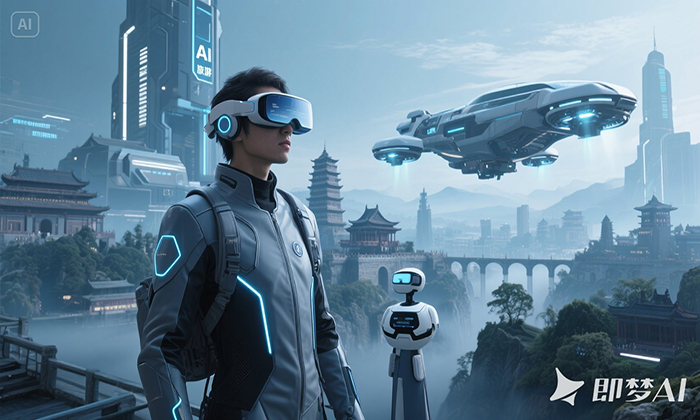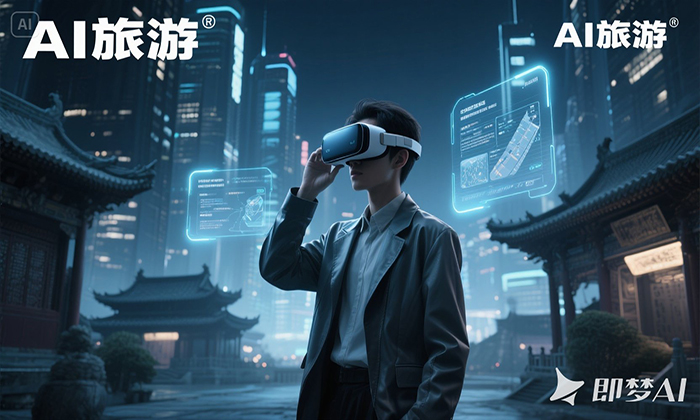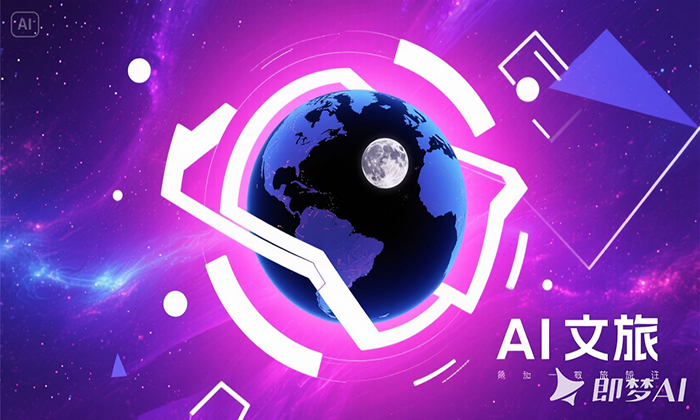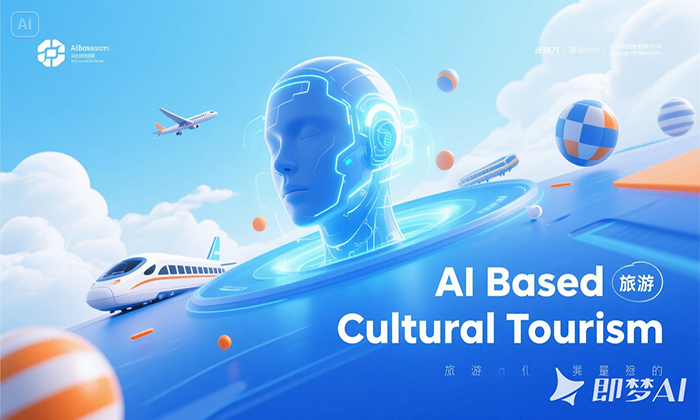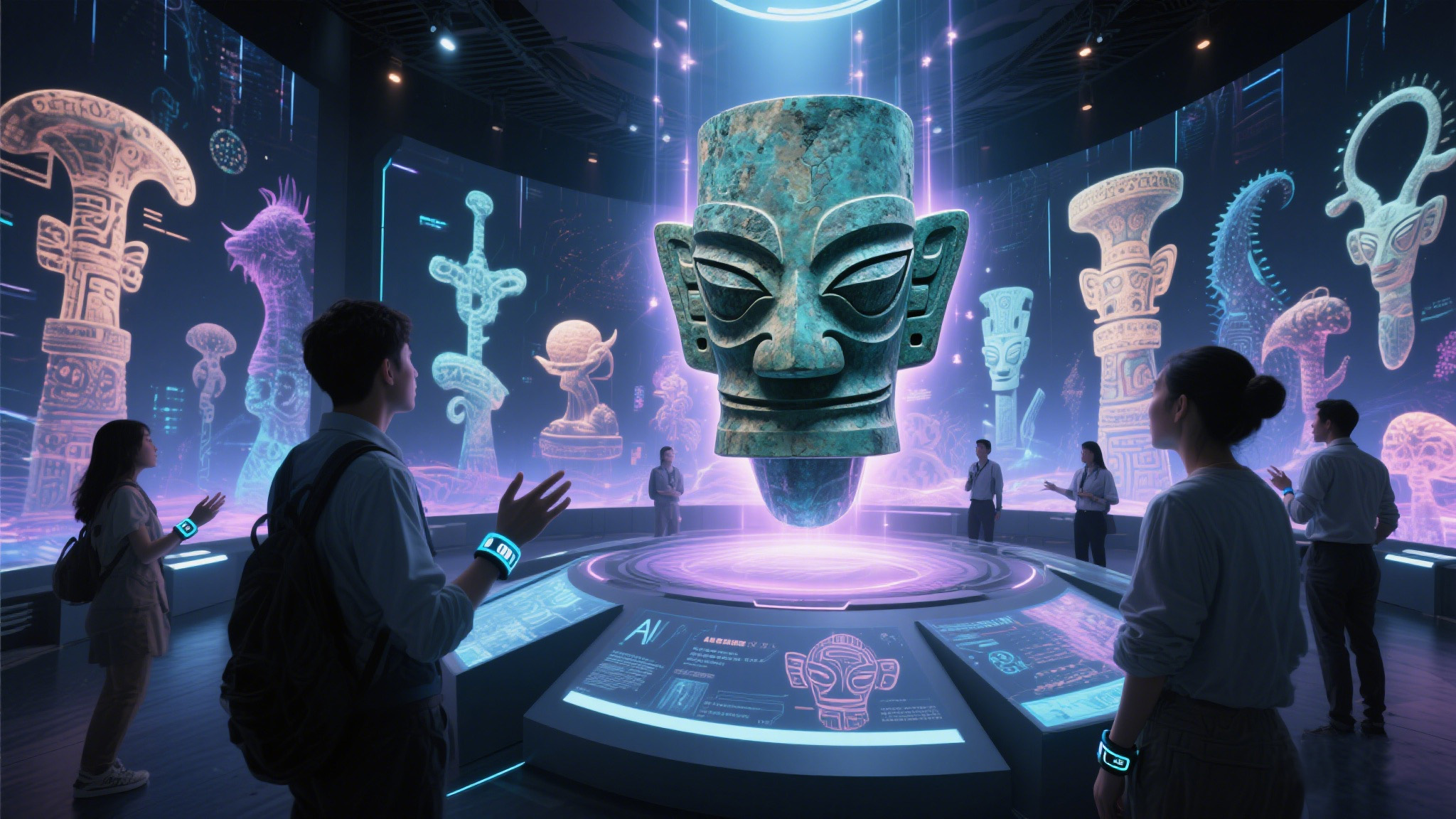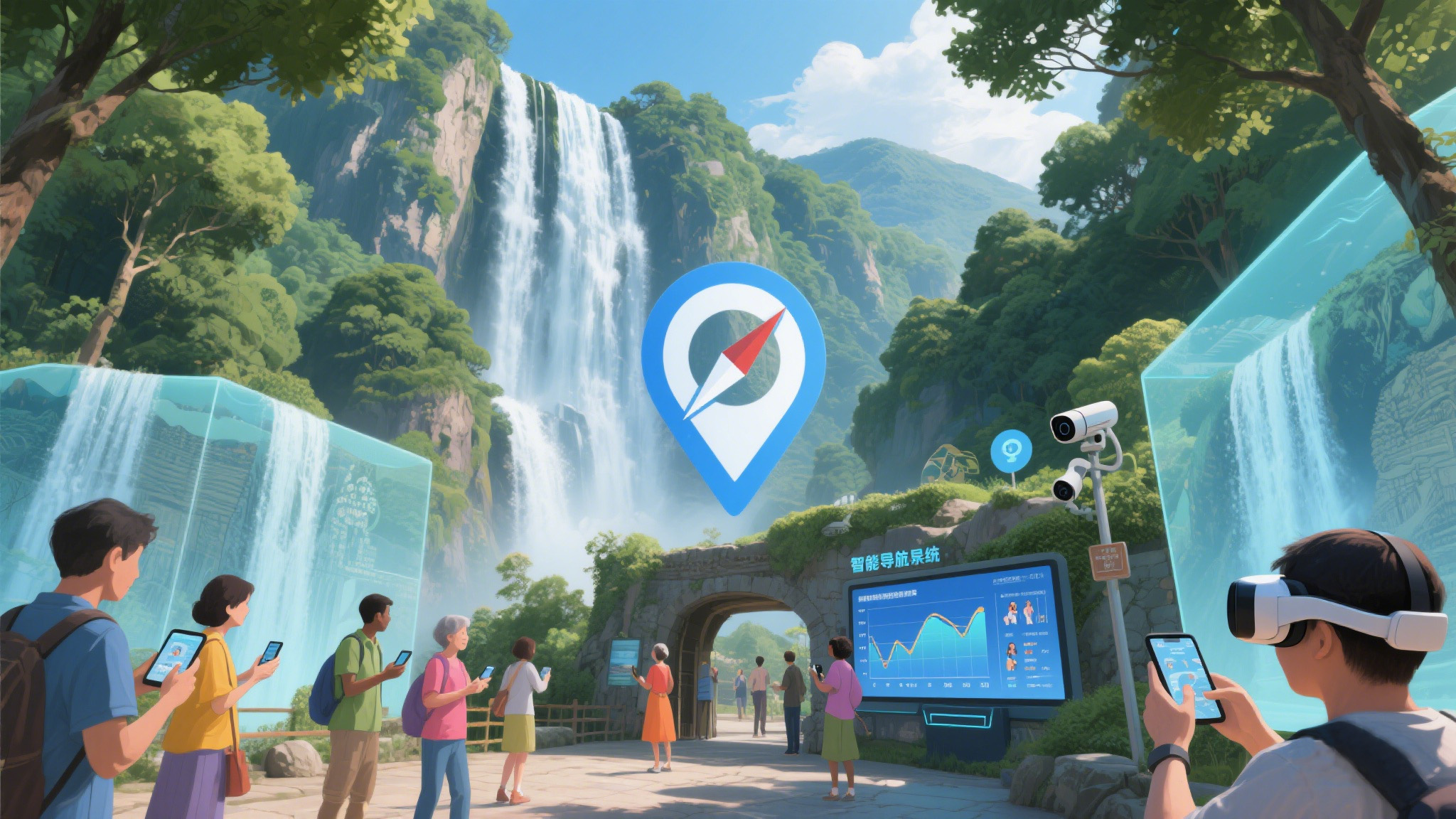AI Agents: The Engine Driving the Cultural and Tourism Innovation from Breakthrough to Future Voyage
阳光 2025-05-30
This article focuses on the transformative role of AI agents in the cultural and tourism innovation industry. It first describes the challenges the industry once faced, such as ineffective promotion, poor cultural heritage preservation, and homogeneous products. Then, it elaborates on how AI agents revolutionize content creation, cultural heritage protection, and user experience through advanced technologies. Looking ahead, it imagines exciting future scenarios enabled by AI agents. Finally, it acknowledges the challenges like data security and content quality control that come with AI development, while remaining optimistic that with technological progress and improved standards, AI agents will continue to drive the industry forward, enriching people's cultural experiences and tourism enj
AI Agents: The Engine Driving the Cultural and Tourism Innovation from Breakthrough to Future Voyage
There was a time when the cultural and tourism innovation industry faced numerous challenges. Traditional scenic area brochures, with their rigid text and monotonous images, struggled to pique the interest of tourists. The preservation and display of cultural heritage were outdated, leaving a vast number of precious cultural treasures overshadowed and unable to fully showcase their unique charm. Moreover, cultural and tourism products were homogeneous, lacking originality and failing to meet the increasingly diverse needs of tourists. However, the emergence of AI agents has now illuminated the path forward for the industry, leading it out of these predicaments and towards an infinitely promising future.
In the past, information dissemination in the cultural and tourism industry primarily relied on traditional media and offline channels. This approach was not only costly but also limited in reach and efficiency. To attract tourists, scenic areas often invested heavily in producing promotional posters and commercials. However, without precise audience analysis, the returns were often meager. The protection of cultural heritage presented dual challenges of technology and funding. Many ancient buildings and cultural relics gradually deteriorated due to age and lack of maintenance. Meanwhile, the limited display spaces and methods made it difficult for tourists to gain an in-depth understanding of the historical and cultural connotations behind them.
The rise of AI agents has brought about revolutionary changes in the cultural and tourism innovation industry. In content creation, AI agents, with their powerful algorithms and extensive data learning capabilities, have become a “perpetual motion machine” of creativity. They can quickly analyze the characteristics of different cultural elements and audience preferences, generating highly creative promotional copies, posters, and videos for cultural tourism. For instance, AI can automatically produce a series of promotional posters exuding the mysterious charm of the Western Regions based on the colors and patterns of Dunhuang murals, presenting the allure of Dunhuang in a brand - new visual form to the world. In the field of cultural heritage protection, AI agents play an indispensable role. Through 3D scanning and modeling technologies, they can achieve high - precision digital restoration of cultural relics. Even if cultural relics are damaged by natural disasters or human activities, they can be repaired and reconstructed using digital models. The Palace Museum has utilized AI technology to digitally process a large number of cultural relics. Tourists can now “get up close” to appreciate the details of these relics through a mobile app, feeling the weight of history.
With the continuous development of AI agent technology, the future of the cultural and tourism innovation industry is becoming increasingly clear and exciting. In the near future, tourists may only need to wear a pair of smart glasses to embark on a wonderful cultural and tourism journey. When entering an ancient village, AI agents will use augmented reality technology to recreate the village's former prosperity before the tourists' eyes. The villagers' daily life scenes and traditional handicraft production processes will be vividly displayed, making tourists feel as if they have traveled through time. In the development of cultural and creative products, AI agents will enable true personalized customization. Tourists only need to input their preferences and ideas on the device, and AI can design unique cultural and creative products in a short time and produce them on - site through 3D printing technology.
Of course, the development of AI agents in the cultural and tourism innovation field also faces some challenges. Data security and privacy protection cannot be ignored. As AI deeply collects and analyzes user data, ensuring the security of user information from leakage is an important issue that the industry must address. Additionally, the quality control and cultural connotation of AI - generated content need to be further enhanced to avoid cultural misunderstandings or vulgar content. However, we believe that with the continuous advancement of technology and the gradual improvement of industry standards, these problems will eventually be properly resolved.
From the past full of difficulties to the present breakthrough, and towards the future full of possibilities, AI agents have always been a powerful engine for the development of the cultural and tourism innovation industry. They have not only transformed the presentation forms and communication methods of cultural and tourism innovation but also inspired people's new imagination of culture and tourism. With the assistance of AI agents, the cultural and tourism innovation industry is bound to set sail towards a broader expanse, bringing people more wonderful cultural experiences and tourism feasts.







